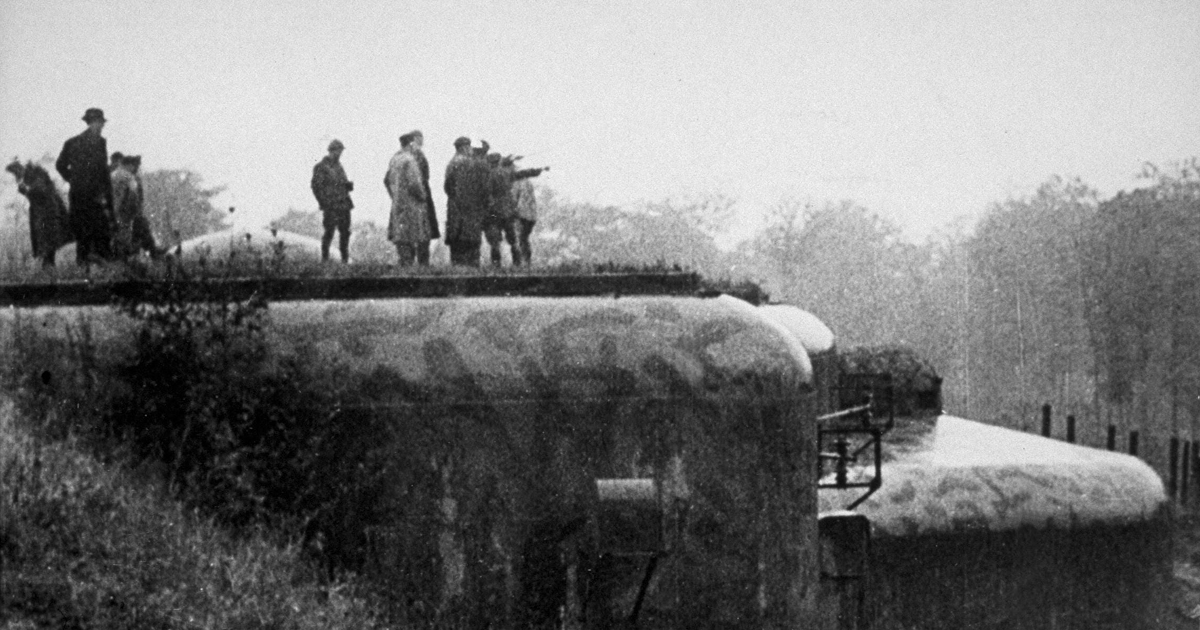
Why Your Defenses Are Already Obsolete
Everyone loves talking about moats. VCs obsess over them, founders pitch them, and strategy consultants build entire frameworks around them. The idea is that you build a defensible ditch around your business, protecting it from competitors. The moat analogy is not just outdated, it's dangerous. It's the wrong framing for a fast-moving technology landscape.
The Problem with the Moat Mentality
Let's think about what a moat actually was. Medieval castles used moats as defensive structures—deep ditches filled with water (or other things) to keep invaders at bay. During a siege, the castle's inhabitants would be cut off from the outside world, limited to whatever resources they had stored inside. The moat kept them safe but also kept them trapped and isolated. Meanwhile, the invading army had free rein over the surrounding territory, able to build their own fortifications or simply wait until the defenders ran out of supplies and starved.
Sound like a winning business strategy for the modern world? Not really.
This might work for a 200-year-old consumer goods company, but it's exactly the wrong metaphor for modern technology startups. The whole point of technology and innovation is to tear down fortresses that are in the way. Technology and innovation are inherently offensive strategies. Building a moat when your mission is to advance, particularly when the nature of effective defenses is constantly shifting, is a dangerous distraction. You don't even know what the moat of the future looks like.
AI: The Blitzkrieg of Business
The pace of AI development is breathtaking. Large Language Models (LLMs) are evolving at an exponential rate, and the emergence of AI agents is further accelerating this change. What constitutes a competitive advantage today is likely to be irrelevant tomorrow. Clinging to the outdated concept of a moat in this environment is not just foolish; it's suicidal.
The Maginot Line: A Lesson in Obsolescence
If you think this sounds dramatic (and since we're using metaphors after all), consider the Maginot Line:
In the 1930s, France, scarred by the devastation of World War I, invested heavily in the Maginot Line—a seemingly impenetrable chain of fortifications along its border with Germany. It was a technological marvel of its time, designed to withstand any conceivable attack (https://www.history.com/topics/world-war-ii/maginot-line).
But when World War II arrived, the German blitzkrieg – a strategy built on speed, mobility, and new technology (tanks and air power) – simply bypassed the Maginot Line. The French, fixated on their "moat," were outmaneuvered and defeated. Their static defenses were rendered utterly useless.
This is precisely the situation we face with AI. The carefully constructed "moat", whether it's based on proprietary data, a specific algorithm, or a particular workflow, is likely to be bypassed by the rapid advancements in AI. It's happening so fast that defenses become obsolete almost as soon as they're built. Everyone is just skipping over it.
The AI Revolution: Moving Too Fast for Moats
Consider the pace of advancement in AI over just the past year. Language models have evolved from impressive but limited tools to systems capable of complex reasoning, code generation, and even autonomous task execution. The moat you built around your proprietary technology or data advantage last year? It might already be irrelevant.
AI agents are particularly disruptive in this context. These autonomous systems can:
- Navigate complex workflows without human intervention
- Learn and adapt to new situations in real-time
- Operate 24/7 across multiple domains simultaneously
This means that traditional barriers to entry – things like specialized knowledge, operational complexity, or even network effects – are becoming increasingly permeable.
A Better Paradigm: Expansion Over Protection
Instead of building moats, successful companies in the AI era need to focus on expansion and innovation. Here's what this looks like in practice:
SaaS Evolution
Traditional SaaS businesses, often touted for their "sticky" customer bases and recurring revenue, are facing a dual threat; a paradoxical trend where SaaS is simultaneously being disrupted and proliferating. AI is making it easier than ever to build software, leading to an explosion of new tools and platforms. The winners won't be those who just protect their current market share, but those who consistently expand into new territories and use AI to create entirely new categories of products.
Job Transformation
The same pattern applies to workforce evolution. While AI is disrupting traditional roles, it's simultaneously creating opportunities for unprecedented productivity gains. Forward-thinking companies aren't trying to protect existing job functions – they're reimagining what their people can accomplish when augmented by AI.
Market Expansion
Perhaps most importantly, AI isn't just helping companies capture existing market share – it's helping them create entirely new markets. The ceiling for what's possible is constantly rising, and the most successful companies are those focused on raising it further rather than just defending their current position. To repeat: This isn't just about capturing a larger slice of the existing pie; it's about expanding the pie itself. AI agents will enable businesses to serve more customers, enter new markets, and create entirely new categories of products and services. The ceiling is being raised.
Embrace the Offense
Clinging to the outdated concept of a moat is a recipe for disaster. The best defense in the AI era isn't a moat, it's the ability to move fast, adapt quickly, constantly push boundaries, and don't assume anything; go back to first principles (and throw away that business plan template you got with your MBA!). Companies that understand this will thrive. Those that don't will find themselves trapped behind their own moats, watching as innovation races past them.
The future doesn't belong to those clinging to ye olde walls and ditches. Don't build a moat; build a rocket.